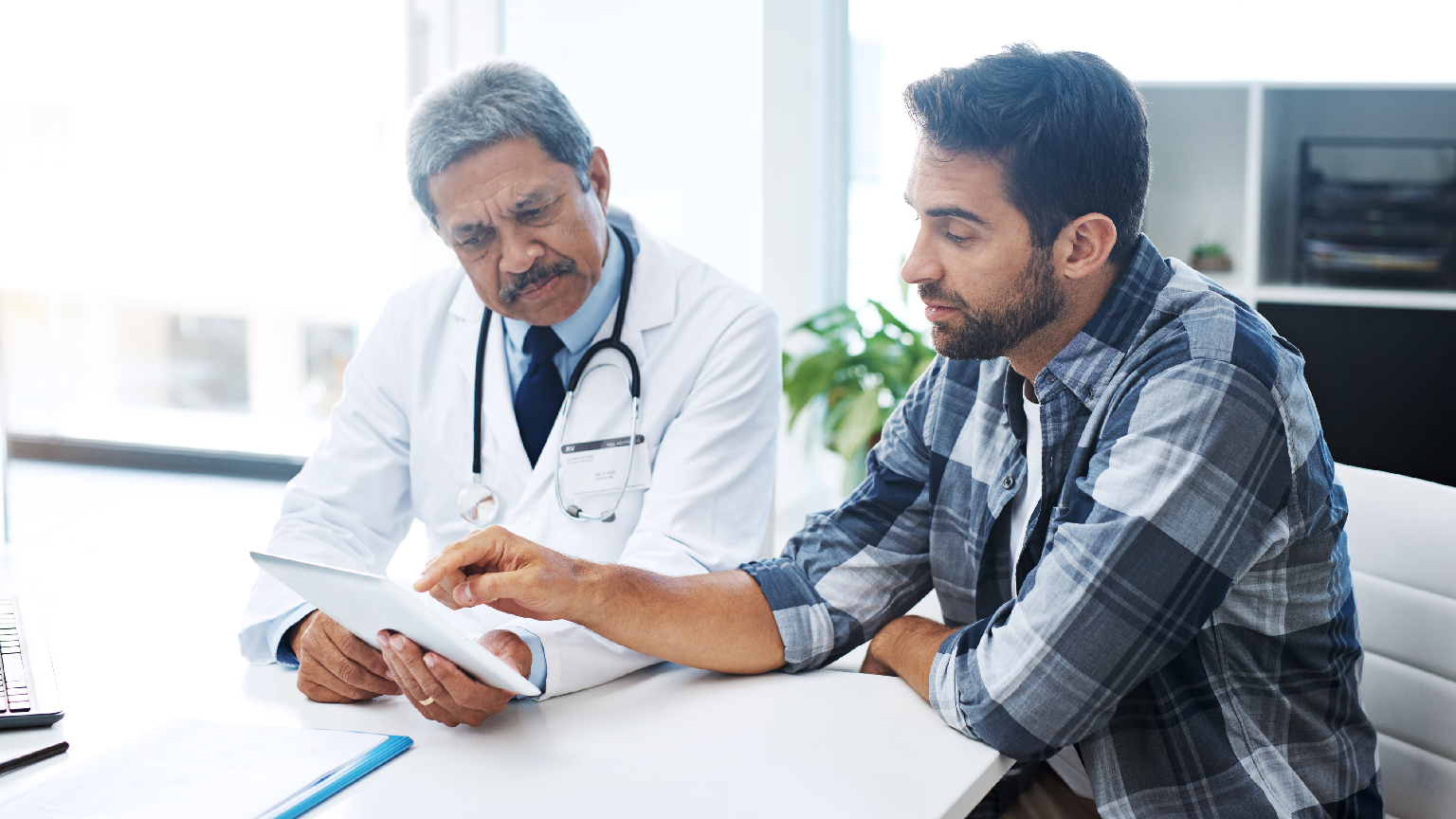Testicular cancer is a relatively uncommon cancer, is the most common cancer in males aged 15 to 35. Fortunately, it is also one of the most treatable and curable types of cancer, especially when detected early. The good news is, you can play an active role in detecting it early through regular testicular self-exams (TSE). This blog post will empower you with the knowledge and tools for performing a TSE and highlight the importance of early detection for testicular cancer.
Understanding Testicular Cancer
Testicular cancer occurs in the testicles (testes), which are located inside the scrotum, a loose bag of skin underneath the penis. The testicles produce male sex hormones and sperm for reproduction. Like other cancers, testicular cancer develops when cells in the testicle grow abnormally and out of control.
The two main types of testicular cancer are seminomas and non-seminomas, which grow and spread differently. Both types respond well to treatment, especially when detected early.
The Importance of Early Detection
Early detection of testicular cancer can make a significant difference in treatment outcomes. When detected early, the five-year survival rate for testicular cancer is over 95%. Early detection allows for more treatment options, which can be less invasive and have fewer side effects. It also increases the likelihood of successful treatment, potentially reducing the need for more aggressive treatments like chemotherapy or extensive surgery.
Why Self-Exams Matter
Testicular cancer typically starts as a lump or mass within a testicle. Regular self-exams allow you to become familiar with the normal feel of your testicles, making it easier to detect any changes that might be concerning. Early detection is crucial for successful treatment of testicular cancer. If you find a lump, the sooner you see a doctor, the better the chance of a positive outcome.
How to Perform a Testicular Self-Exam (TSE)
Here’s a step-by-step guide for performing a TSE:
- Choose a Time: It’s best to do a TSE during a warm shower or bath when your scrotum is relaxed. This allows for easier examination of the testicles.
- Examine Each Testicle: Gently hold one testicle between your thumb and fingers. Roll it between your fingers to feel for any lumps, bumps, or changes in size or texture.
- Check the Entire Testicle: Pay attention to the front, back, and sides of each testicle.
- Repeat on the Other Side: Examine the other testicle in the same way.
- Look for Changes: Be aware of any changes in the size, shape, or firmness of your testicles. Also, watch for any pain or tenderness.
What to Do if You Find a Lump
If you discover a lump, bump, or any other abnormality during a TSE, don’t panic. Most lumps in the testicles are not cancerous. However, it’s crucial to see a doctor right away for further evaluation. Early diagnosis and treatment are key to successful management of testicular cancer.
Early Detection Saves Lives
Testicular cancer is highly treatable, especially when caught in its early stages. Here’s why early detection is so important:
- Higher Cure Rates: Early detection allows for less invasive treatments with a higher chance of complete cure.
- Preserving Fertility: Treatment for advanced testicular cancer can sometimes affect fertility. Early detection often allows for preserving sperm banking options.
- Improved Quality of Life: Early treatment can minimize the impact of the disease on your overall well-being.
Beyond TSE: Other Important Practices
- Be Familiar with Your Body: While TSE is a valuable tool, it’s important to be aware of your body overall. Report any changes in your urinary or sexual function to your doctor.
- Schedule Regular Checkups: Maintain regular checkups with your doctor, including discussions about testicular health.
- Healthy Lifestyle: Maintaining a healthy weight and lifestyle can reduce your overall risk for various cancers, including testicular cancer.
Early Detection Saves Lives
Testicular cancer is highly treatable when caught early. If you detect any abnormalities during a TSE, schedule an appointment with your doctor right away. They will perform a physical exam and may order additional tests like an ultrasound to confirm or rule out cancer.
Testicular self-exams are a simple, effective way to take charge of your testicular health. Early detection is critical for successful treatment. If you have any concerns, don’t hesitate to talk to your doctor. They can address your questions and provide guidance specific to your situation.
Remember: Don’t panic if you discover a lump. Most lumps in the testicles are not cancerous. However, it’s crucial to seek medical attention promptly if you notice any changes.
Disclaimer: This blog post provides general information only and should not replace a consultation with a healthcare professional. If you have any concerns about your testicular health, don’t hesitate to schedule an appointment with your doctor.








